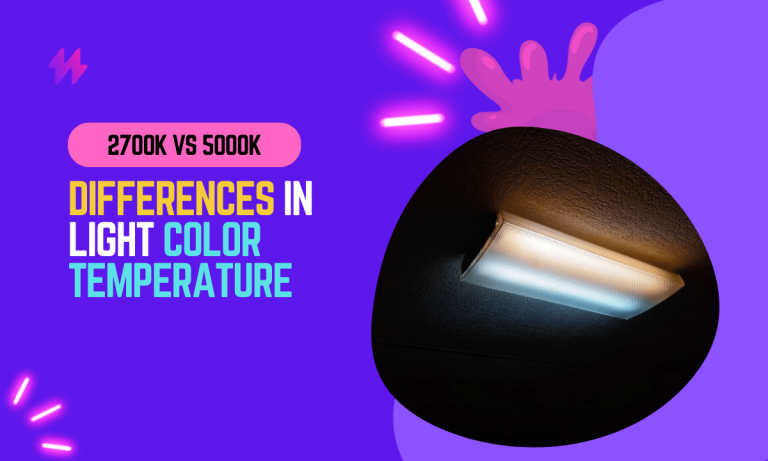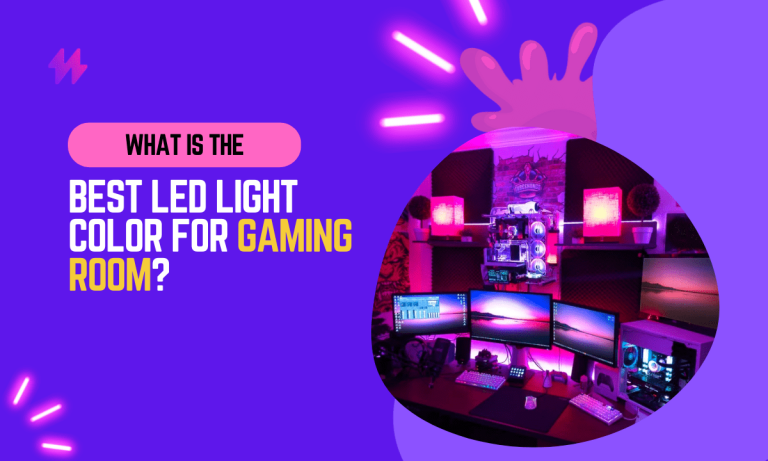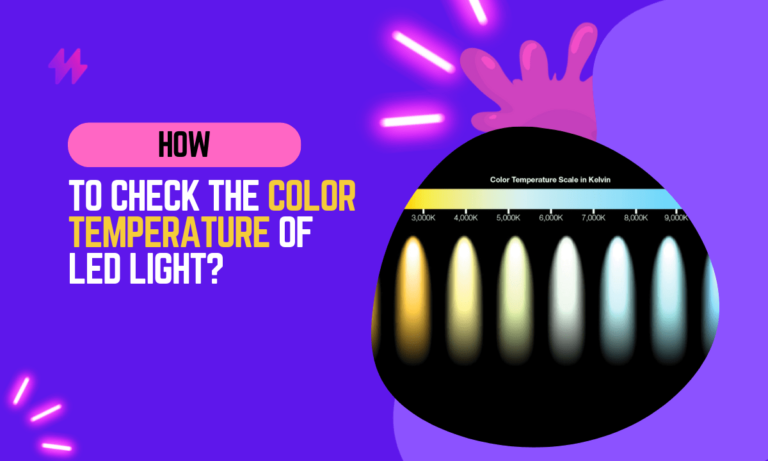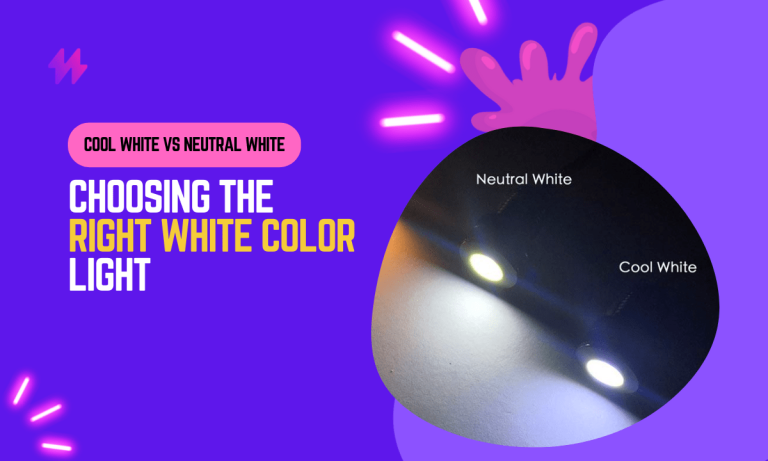How to Choose The Best Lights for Your Office
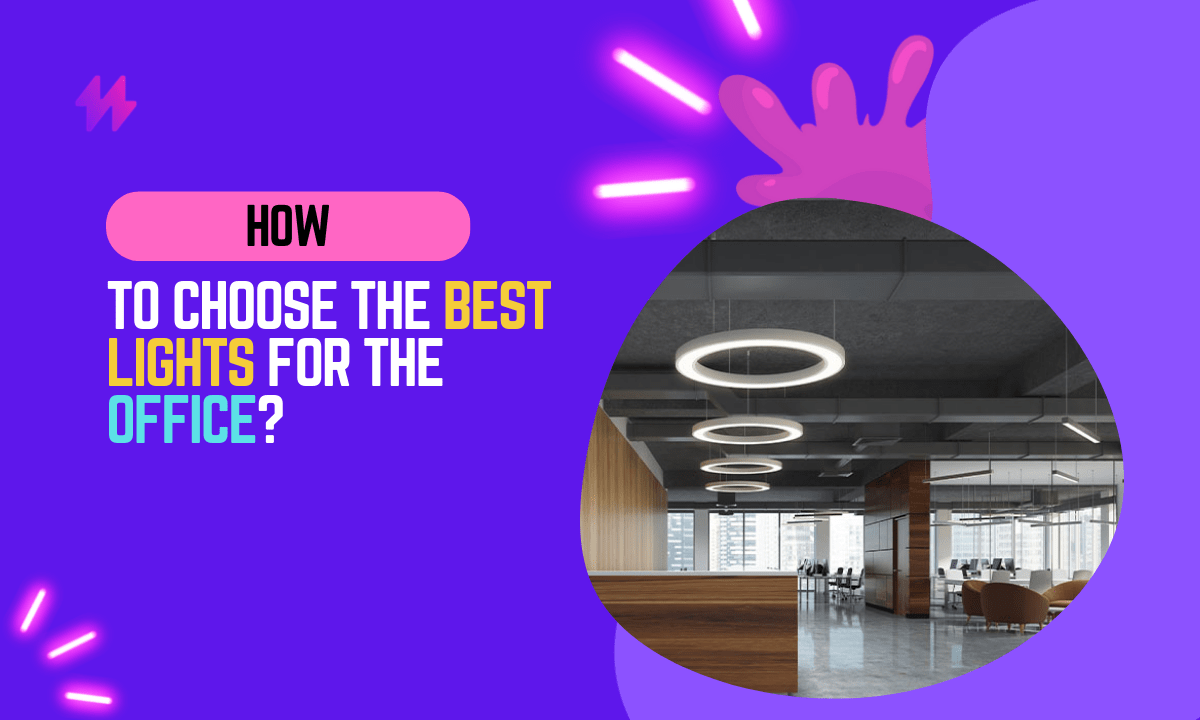
Your office lighting can have a big impact on your productivity and comfort. If your lights are too bright or too dim, or if they cast harsh shadows, it can be not easy to concentrate and get work done. In addition, poor lighting can lead to eye strain and headaches.
LED lights are a popular choice for offices because they are energy-efficient and long-lasting. However, some LED lights can have a harsh, cold light that can be uncomfortable to work under. Others may not provide enough light to see your work.
I have personally seen the firsthand impact that lighting can have on productivity and comfort. I have helped countless businesses find the best lighting solutions for their offices, and I am confident that I can help you find the perfect lights for your needs.
In this article, I will discuss the different types of LED lights available and how to choose the right lights for your office. I will also provide tips on how to create a comfortable and productive work environment with your new lighting.
Effective office lighting goes beyond just choosing a bulb; it involves understanding how different types of illumination can enhance various workspaces. Incorporating elements like desk lamps, ambient light, and natural lighting can significantly improve productivity while minimizing the risks associated with harsh fluorescent lights.
Choosing the Right Office Lighting: Types, Benefits, and Tips for Office Lights
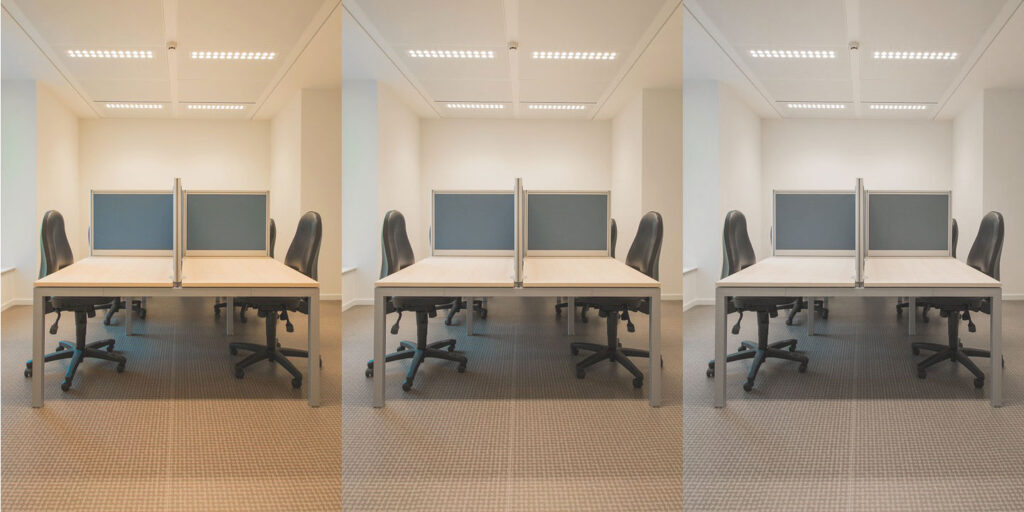
Three main types of lighting are used in offices:
- Ambient lighting provides general illumination for the entire office. This type of lighting is typically used to create a bright and welcoming atmosphere.
- Task lighting provides focused illumination for specific tasks, such as reading, writing, or using a computer. This type of lighting is typically used at workstations or other areas where detailed work is done.
- Accent lighting is used to highlight specific features in the office, such as artwork or architectural details. This type of lighting can help to create a more interesting and inviting space.
Also read: How to check the color temperature of LED Light?
Three main types of lighting are used in offices depending on the nature of the work and the office layout. When selecting the right office lighting, it is crucial to consider lighting fixtures that offer different brightness options and reduce glares, ensuring a productive workspace for desk work or meetings.
How to Choose the Right Office Lighting: Tips for Meeting Office Lighting Standards and Enhancing Home Office Lighting
When choosing lights for your office, there are a few factors that you need to consider, including:
When choosing lights for your office, there are a few factors that you need to consider, including: several options for lighting fixtures that can create an inviting and productive office environment. It is essential to explore various lighting options like led lighting for longevity, as well as accent lighting to enhance specific areas without overwhelming the entire office space.
- The size of your office: The amount of light that you need will depend on the size of your office. A small office will require less light than a large office.
- The layout of your office: The layout of your office will also affect the type of lighting that you need. For example, if your office has a lot of cubicles, you will need task lighting at each workstation.
- Activities performed in your office: The activities that are done in your office will also affect the type of lighting that you need. For example, if your office is used for various tasks, you will need a combination of ambient, task, and accent lighting.
How to Choose the Best Lights for Your Office: Essential Tips
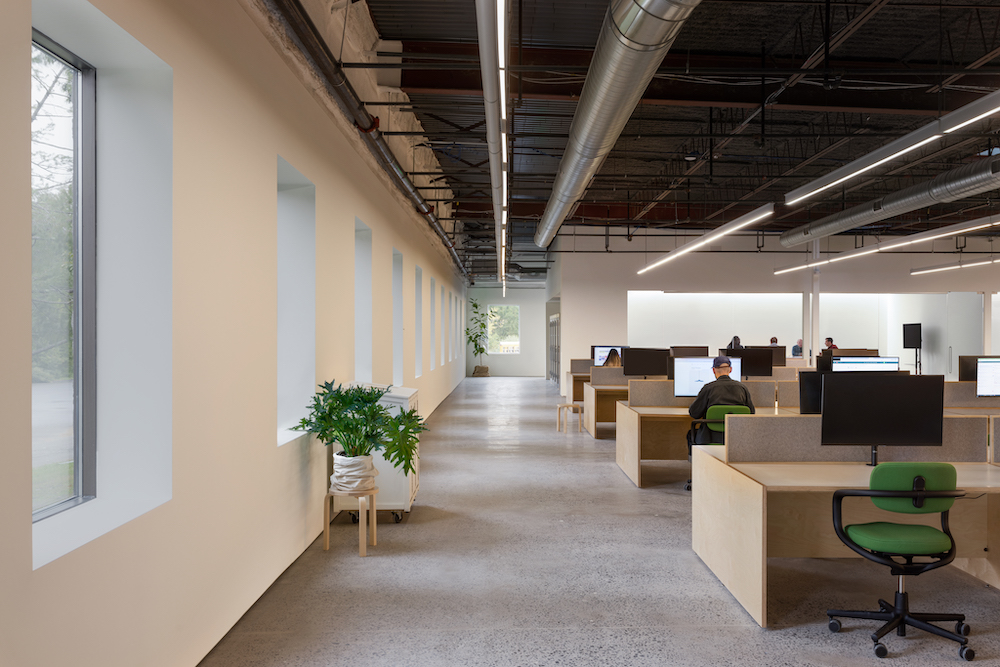
Here are a few tips for choosing the best lights for your office:
When selecting the best light for your office, prioritize versatility to accommodate different tasks and environments. Incorporate adjustable desk lamps to provide focused light for desks, while also considering white lights and soft lighting to create a well-appointed office setting.
- Consider the color temperature of the light: The color temperature of light is measured in Kelvin (K). Warmer light (2700-3000K) is more relaxing and inviting, while cooler light (4000-5000K) is more stimulating and productive.
- Choose lights that are energy efficient: Energy-efficient lights can help you to save money on your energy bills.
- Consider the lifespan of the lights: The lifespan of a light is measured in hours. You will want to choose lights that have a long lifespan so that you don’t have to replace them frequently.
- Choose lights that are easy to clean: Office lights can get dirty quickly, so you will want to choose lights that are easy to clean.
Advantages of Effective Office Lighting: Key Benefits Explained
Good office lighting can provide several benefits, including:
Good office lighting can provide several benefits, including enhancing focus and reducing eye strain for those working long hours at computer screens. By understanding how to choose the best lights for your office space, you can ensure that your workplace lighting meets both aesthetic and functional needs while preventing glare from harsh fluorescent lighting.
- Good lighting can help you to stay focused and reduce eye strain, which can lead to increased productivity.
- Good lighting can help to reduce eye strain, which can lead to headaches and other discomforts.
- Good lighting can help to improve your mood and make you feel more alert and productive.
- Good lighting can help to create a more inviting and productive work environment, which can lead to increased employee satisfaction and productivity.
Frequently Asked Questions about Office Lighting
Below you’ll see the most frequently asked questions about the best lights for your office.
Understanding the best lights for your office is essential for creating a productive environment. Incorporating a mix of modern office lighting solutions, including light-emitting diode (LED) options, can greatly enhance the overall office performance.
Determining the Right Office Lighting Levels | How Much Light Do I Need in My Office?
The amount of light you need in your office depends on the type of work being done and the size of the space. The general rule of thumb is to provide 50 to 75-foot candles of light at the work surface. You can measure the foot candles of light in your office using a light meter.
Providing the right lighting in your office can enhance productivity while creating a comfortable environment. Utilizing adjustable office light options, such as dimmable bulbs and LED office lights, allows for better control over brightness and improves overall office environments.
Optimal Light Bulbs for Your Office | Best Practices for Selection
There are a few different types of light bulbs that can be used in an office, including incandescent bulbs, fluorescent bulbs, and LED bulbs. Each type of bulb has its advantages and disadvantages.
Selecting the right bulbs is critical for achieving proper office lighting that enhances productivity and meets office lighting standards. By integrating multiple light fixture types and ensuring good lighting throughout the office, you can create an inviting atmosphere that fosters focus and reduces eye strain.
- Incandescent bulbs are the most common type of light bulb. They are relatively inexpensive and they provide a warm, inviting light. However, incandescent bulbs are not very energy-efficient.
- Fluorescent bulbs are more energy-efficient than incandescent bulbs. They also provide a bright, white light. However, fluorescent bulbs can flicker and they can emit a humming noise.
- LED bulbs are the most energy-efficient type of light bulb. They also provide a bright, white light. LED bulbs do not flicker or emit a humming noise.
Enhancing Office Comfort Through Effective Lighting Strategies
There are a few things you can do to make your office more comfortable with lighting, including:
Creating an inviting workspace can be greatly enhanced by proper office lighting techniques. It’s important to include elements like natural light sources, such as skylights, along with artificial lighting options like LED lighting that not only reduces glare but also offers versatility for various tasks in a well-appointed office setting.
- Use dimmer switches to control the brightness of the lights.
- Use task lighting to focus light on specific areas.
- Use accent lighting to create a more inviting atmosphere.
- Choose light bulbs that emit a warm, inviting light.
Maximize Savings: How to Cut Costs on Your Office Lighting
There are a few things you can do to save money on your office lighting, by using energy-efficient light bulbs, dimmer switches to control the brightness of the lights, Turning off the lights when you leave the office, and Install motion sensors to turn off the lights when the room is empty.
You may also like: How to Use LED Light Colors to Create Different Moods?
To maximize the efficiency of office lighting, consider integrating motion-sensored lights and dimmable light bulbs that adapt to the office’s needs throughout the day. Lighting strategies that include both direct office lighting and ambient options can significantly elevate the atmosphere of modern office spaces, transforming a poorly lit office into an elegant office full of energy and productivity.
Final Thoughts on Office Lighting
In conclusion, selecting the best lighting for your office involves a careful balance of function, efficiency, and comfort. Optimal office lighting not only illuminates workspaces effectively but also enhances productivity and minimizes strain on the eyes. It is essential to consider both the quality and type of light. LED lights, known for their energy efficiency and longevity, are a popular choice. They provide bright, even light that closely mimics natural daylight, known to boost alertness and mood. Adjustable and dimmable features allow for customization according to the time of day and specific tasks, which is particularly beneficial in environments where precision and attention to detail are paramount. Moreover, the color temperature of the lighting plays a critical role; a range of 4000 to 5000 Kelvin is often recommended for office settings as it offers a bright, neutral white light that aids in concentration and detail-oriented work.
Furthermore, the physical layout of the lighting should be strategically planned to ensure that light sources effectively cover the workspace without causing glare or shadows. Overhead lighting should be supplemented with task lighting, particularly in areas where critical work is performed. This approach reduces eye strain and increases efficiency. Consideration of natural light sources is also important. Where possible, offices should maximize the use of natural light, which not only reduces energy consumption but also has been shown to improve worker satisfaction and productivity. Care should be taken to position workstations in such a way as to avoid direct glare from windows, potentially using blinds or filters to diffuse harsh sunlight. Ultimately, the goal is to create a harmonious lighting environment that fosters a comfortable, productive, and visually healthy workspace.
How To Choose The Best Lights For Your Office | Understanding Different Types of Office Lighting
Choosing the best lights for your office involves understanding the different types of lighting solutions available. Ambient lighting serves as the foundation for creating a well-lit workspace, with options like overhead fluorescent lighting and natural light. Task lighting, such as desk lamps or floor lamps, enhances focus and productivity by providing direct illumination for specific tasks, making it essential for busy professionals. Many office owners often overlook the importance of color temperature in their lighting choices, which can significantly affect mood and work performance. Selecting appropriate lighting can prevent harsh or too-bright environments, ensuring a comfortable and inviting space. Utilizing programmable light fixtures and dimmable seamless light options can further enhance the flexibility of your home office lighting, allowing for adjustments according to the time of day or specific tasks. Understanding how to choose the best lights for your office is crucial for fostering a productive and enjoyable work environment.
How to Choose The Best Lights for Your Office | Ambient Lighting Options for Your Workspace
Choosing the right ambient lighting for your office is crucial in creating a productive workspace. Standard office lighting often involves overhead lights like fluorescent lamps and compact fluorescent lamps (CFLs), which provide an efficient source of illumination. Bright office lights can enhance visibility, but it’s essential to avoid too-bright lighting that may create glare or contribute to eye strain. Incorporating indirect lighting fixtures, such as lightboxes and tabletop lamps, can soften the overall brightness while ensuring sufficient light is available for tasks. This balance helps to prevent harsh lighting and fosters a more inviting atmosphere, especially in small office spaces or home office setups.
Understanding how to effectively illuminate your office involves considering different lighting options to cater to specific needs. Direct task lighting, such as desk lamps or side lamps, can support focused work while ambient lighting complements it to create a well-appointed environment. Using lighting equipment that minimizes blue light exposure is particularly advantageous for those who work long hours on electronic screens. Incorporating elements like office plants can enhance the aesthetic appeal and improve mood. The right mix of general lighting, along with strategic backlighting and low-wattage task lights, can transform unattractive office space into a vibrant workspace ideal for productivity and comfort.
Task Lighting: Enhancing Performance and Focus
Task lighting is crucial for promoting concentration and productivity within work environments. Proper lighting tailored for specific tasks, such as reading or working at a computer, significantly impacts the effectiveness of an office desk setup. By selecting dedicated lighting specialists, individuals can explore various options, including LED panels and fluorescent light bulbs, to achieve the right brightness for their needs. A combination of high lighting intensity and strategic placement of lighting fixtures can prevent glare and ensure complete illumination of the workspace. Whether one opts for bright overhead ceiling lights or focused desk lamps, achieving appropriate lighting levels is essential to avoid common office lighting mistakes.
Choosing the right task lighting involves considering the specific functions performed in a workspace. For example, a home office desk may require warm orange lights to create a cozy atmosphere, while bright lights are preferred in modern offices for enhanced focus and efficiency. Lighting temperature plays a key role in the overall feel of a home office set-up; daylight-simulating lamps can energize the space during morning hours, while dim lights can help create a relaxing ambiance after hours. Comprehensive attention to detail in lighting, including the use of light filters and ensuring the right placement of additional light sources, will lead to a well-appointed office setting that meets both aesthetic and functional requirements.
Meeting Office Lighting Standards
Selecting the right illumination for your office requires careful consideration of various factors, especially when understanding how to choose the best lights for your office. Ambient lighting options should complement task lighting to create a well-appointed office setting that enhances productivity. Office managers must consider the different light bulbs available, opting for energy-efficient LEDs rather than traditional incandescents, which may yield poor lighting decisions. For instance, many desk lamps with direct-indirect lighting fixtures can provide the perfect lighting for laptop screens and monitor use, ensuring brightness dimming for comfort. A detailed light survey can help identify inappropriate light fixtures and ensure that small offices or a new office space achieves equivalent light levels throughout. Brighter areas, particularly near entrance light or shared office environments, can benefit from larger bulbs or fluorescent ceiling fixtures, while larger skylights can enhance natural morning illumination.
Importance of Ergonomics in Office Lighting Design
Effective ergonomics in office lighting design significantly impacts employee health and productivity. How to choose the best lights for your office requires considering various factors, including the type of illumination material used. Poor lights can lead to eye strain and fatigue, particularly in well-appointed office settings. Utilizing a lighting calculator can help design spaces that offer maximum brightness while minimizing glare. For home office spaces, filling the area with convenient bulbs such as LED lighting can enhance comfort and focus, especially at times like office past sundown.
Selecting appropriate light bulbs also plays a vital role in creating an inviting atmosphere. The 35-watt incandescent bulb is a common choice for providing a warm glow, while the latest advancements in the lighting industry offer energy-efficient options. Large bulbs or picture lights can accentuate office walls and improve the aesthetic of meeting rooms. Choosing the right lighting for a particular office not only elevates its function but also ensures that home workspace lighting fosters a productive environment without the distractions caused by wrong lighting decisions.
Compliance With National and Local Lighting Regulations
Understanding national and local lighting regulations is crucial for creating effective office environments. These regulations often dictate how to choose the best lights for your office, ensuring safety and energy efficiency. They can influence your choice of light bulbs, steering you towards fixtures that use lower energy while providing adequate brightness. In commercial lighting, adhering to these standards can prevent issues related to low glare and lighting effects that could hinder productivity.
Choosing office lighting that meets these regulations can significantly enhance workspace ergonomics. Compliance often requires consideration of factors like the size of the space and the desired ambiance, which means you may need to explore the desk range that fits best within these guidelines. For home offices, especially those with a large skylight, understanding these codes can help maintain a balance between natural and artificial lighting. The LED lighting industry is a valuable resource, providing options that meet regulatory standards while promoting efficiency and comfort.
Selecting the Right Color Temperature for Your Office
Choosing the right color temperature for your office is crucial for creating an effective workspace. Understanding how light bulbs emit different color temperatures can significantly influence productivity and mood. For those looking to choose office lighting that enhances their work environment, it’s essential to consider options that align with specific tasks. For example, cooler interior lighting is often recommended for tasks requiring focus and concentration, while warmer tones can promote a relaxed atmosphere. In top home office setups, balancing these temperatures can lead to optimal performance. By knowing how color temperature affects both the physical space and employee well-being, you can better navigate how to choose the best lights for your office.
Warm vs. Cool Light: Which is Better for Productivity?
Selecting the right type of light can significantly impact productivity in the office. Understanding the difference between warm and cool light is essential in how to choose the best lights for your office. Warm light bulbs create a cozy and inviting atmosphere, which can enhance comfort during long working hours. This type of lighting leads to a relaxed environment, suitable for creative tasks and collaboration among team members.
On the other hand, cool light bulbs can boost alertness and focus, making them beneficial for tasks that require concentration and precision. This type of lighting mimics daylight, which can help maintain energy levels throughout the day. Knowing how to choose the best lights for your office involves considering the nature of the work being performed and the overall ambiance that the team prefers. Balancing warm and cool light can lead to an optimal workspace.
How Color Temperature Affects Mood and Work Performance
The color temperature of light bulbs plays a crucial role in influencing mood and productivity within an office environment. Warmer light typically promotes relaxation and comfort, making it suitable for areas designed for collaboration and creativity. In contrast, cooler light illuminates workspaces with a bright and stimulating effect, enhancing focus and alertness. Knowing how to choose the best lights for your office involves understanding these nuances to create an atmosphere conducive to both productivity and well-being.
Selecting the right color temperature can significantly affect employee performance. Cooler light, generally ranging from 4000K to 6500K, has been linked to increased concentration and efficiency, making it ideal for task-oriented activities. Warm light, on the other hand, often ranges from 2700K to 3000K and can foster a sense of warmth and community. Considering this impact is essential for anyone looking to understand how to choose the best lights for your office effectively.

